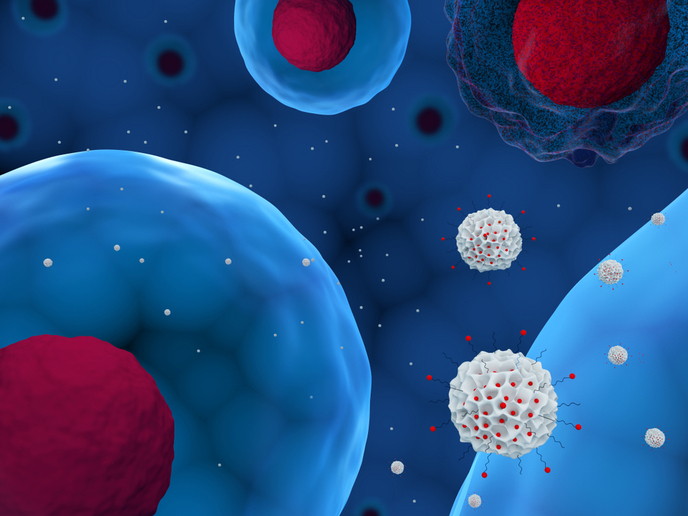Reducing pain during infancy
Newborn babies admitted to neonatal intensive care units (NICUs) may require medical treatments and painful procedures which often cause prolonged pain. It is now well established that infants reach pain to a conscious level and also exhibit physiological and behavioural responses to pain. Current management of neonatal pain is far from optimal and is usually given in less than 30 % of cases undergoing painful procedures. Emerging experimental evidence indicates that prolonged pain in the neonatal period may lead to cognitive, behavioural and neurodevelopmental outcomes. The most common analgesic treatment entails the use of morphine and fentanyl. However, their long-term safety has not been extensively explored. Based on this, scientists on the EU-funded 'No pain during infancy by adapting off-patent medicines' (NEOOPIOID) project evaluated the impact and safety of opioid treatment in preterm and full term newborn infants. The goal was to develop more personalised sedative/analgetic (S/A) drug therapy for neonates. The NEOOPIOID consortium performed a questionnaire-based study with about 6 700 participating patients from 18 EU countries. Results showed that most centres used either morphine or fentanyl without practicing any kind of pain assessment of ventilated neonates. To test the safety and efficacy of analgesic drugs, researchers performed a clinical trial where pain levels were evaluated using an optimised scoring system. Particular emphasis was given to the impact of these drugs on the neonatal brain. Blood taken from newborn babies was analysed by specialised methods for the presence of opioids and their metabolites. This helped to study the pharmacokinetic and pharmacogenomic properties of morphine and fentanyl and implement the appropriate dosage according to developmental stage. The study concluded that bolus rather than continuous administration of S/A drugs should be given to infants. Researchers were also interested in the relation between polymorphisms in candidate genes (COMT, KCNJ6) and the pain relieving effect of analgesic drugs. Overall, the NEOOPIOID study provided recommendations on how to assess and treat neonatal pain with S/A drugs. Given the increasing number of preterm births in Europe, more and more infants get exposed to opioid treatment or to suboptimal pain relief. Implementation of the project findings for a better use of analgesics is expected to improve care of newborn infants.
Keywords
Newborn infants, morphine, fentanyl, pharmacokinetics







